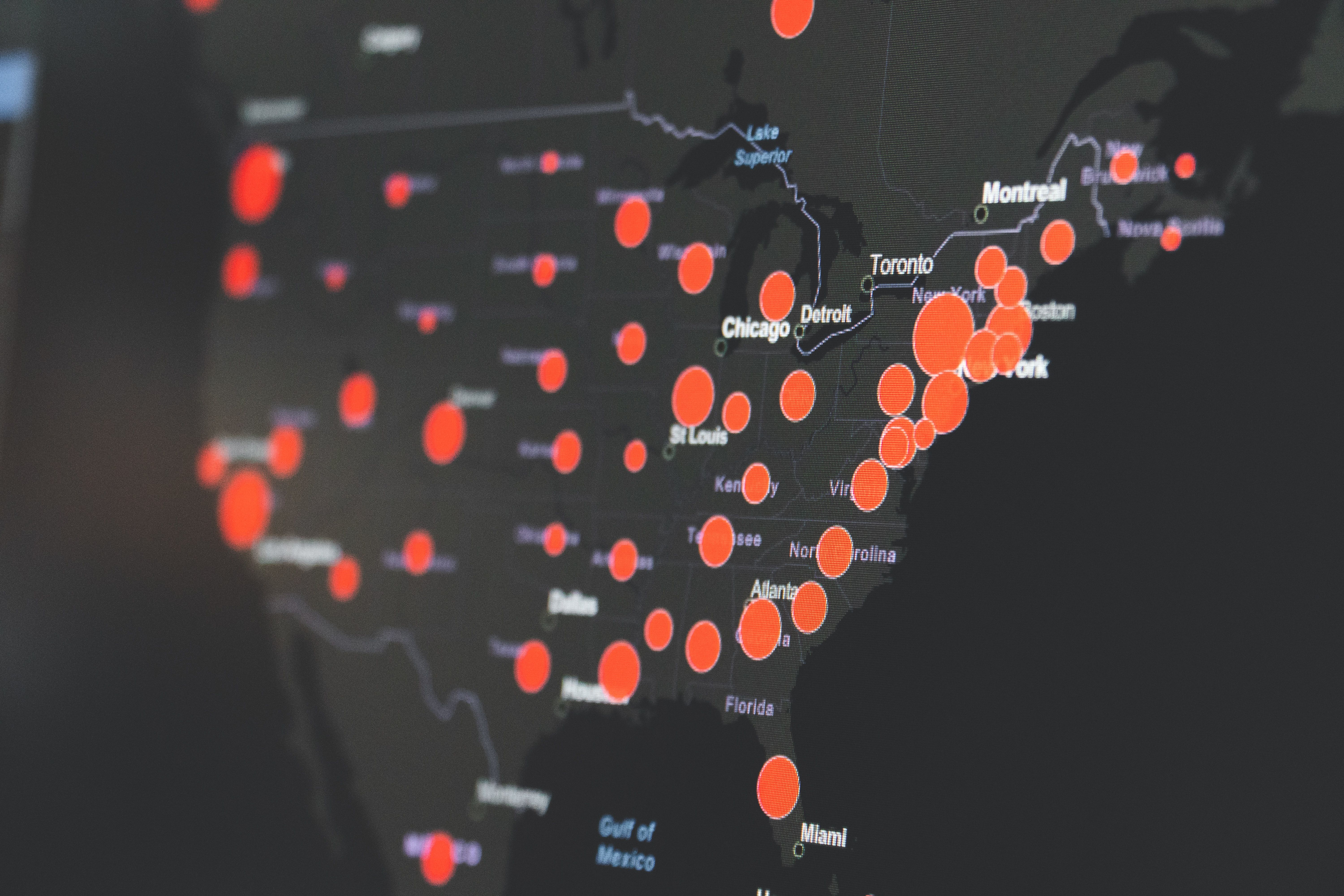New Estimate Suggests Just 1 in 4 Americans Exposed to COVID-19 as of January
A new report, based on data from dialysis centers, suggests the US is far from reaching so-called “herd immunity.”

A year into the COVID-19 pandemic, a new report suggests rates of natural immunity in the United States were likely lower than many thought, underscoring the critical role of vaccination in preventing the spread of the disease.
The study, published in JAMA Network Open, represents an attempt to understand rates of COVID-19 seropositivity using a population of US adults receiving dialysis treatment as a starting point. Such patients are believed to be a good sentinel population for COVID-19 seroepidemiology, since they are “broadly representative of groups susceptible to SARS-CoV-2 infection, and these patients have routine requirements for monthly laboratory testing that facilitate surveillance,” wrote corresponding author Shuchi Anand, MD, MS, of the Stanford University School of Medicine.
The investigators performed SARS-CoV-2 antibody testing on the remainder plasma (which otherwise would have been discarded) from patients receiving dialysis at US Renal Care facilities in January 2021. US Renal Care is a nationwide network of more than 500 dialysis providers. A total of 21,464 patients underwent the testing. The study population was disproportionately olderwith 37% of patients in the 65-79-year-old age group. Eighteen percent of patients were Hispanic, and 29% were non-Hispanic Black patients.
The investigators found a seroprevalence of SARS-CoV-2 antibodies of 18.9% among the study population. When they standardized those data to broader populations, they calculated an 18.7% seroprevalence rate among US dialysis patients as a whole, and 21.3% seroprevalence rate among the entire US adult population.
At the time the paper was written, about 25 million confirmed cases had been reported in the US, though epidemiologists knew the actual number of infections was likely considerably higher, since some people have asymptomatic cases, and because not everyone with symptoms gets tested. Yet, Anand said many assumptions about the unreported case count may have been unrealistic.
“A year after the first case of COVID-19 was reported in the US, many in the general public may have assumed that COVID-19 was widespread, and that a majority of the US population would have been exposed by January 2021,” she told Contagion. “Our research showed that this was not the case.”
If exposure was far less than previously assumed, that means the number of people with SARS-CoV-2 antibodies through natural exposure is also less than people assumed, Anand noted.
“In fact, the main message from our work is that by January 2021, prior to widespread vaccine rollout, a majority of the US population still remained vulnerable to COVID-19 infection,” she said. “More than 75% of US adults had no evidence of having survived SARS-CoV-2 infection, which means that, without vaccination, disease surges would have continued.”
The data did not show large variations in seroprevalence based on region, urban or rural status, or population density. However, the data did reveal that younger patients, those identifying as Hispanic or living in predominantly Hispanic neighborhoods, and low-income patients had higher rates of seroprevalence. That’s problematic, since some of those same groups have expressed higher rates of vaccine hesitancy. Anand and colleagues said vaccination campaigns may be needed to reach these populations.
As the delta variant of SARS-CoV-2 spreads, Anand said vaccination these data underscore the value of vaccination.
“Vaccination, not ‘natural immunity’, was critical to stemming the death toll from COVID-19 in the US,” she said.`
